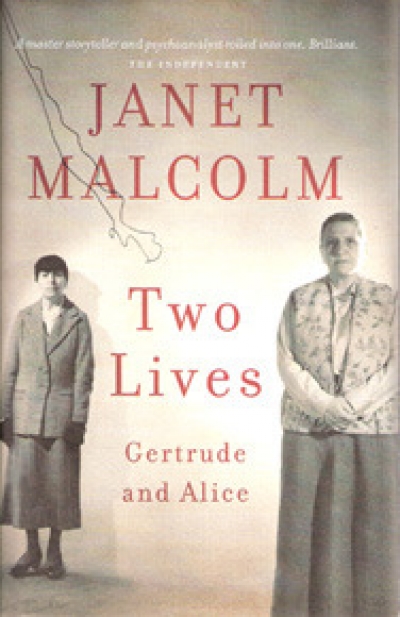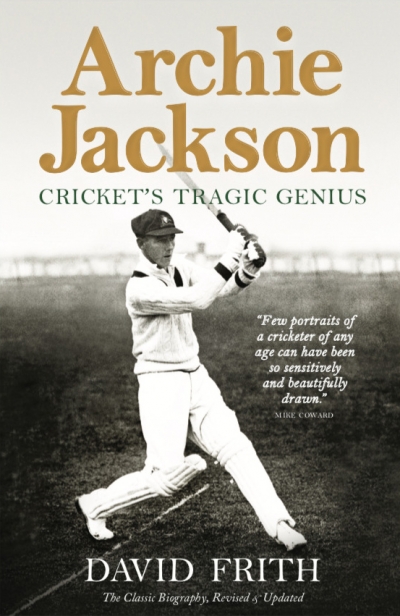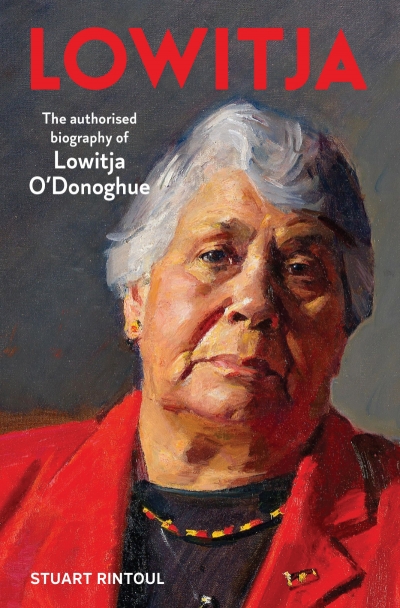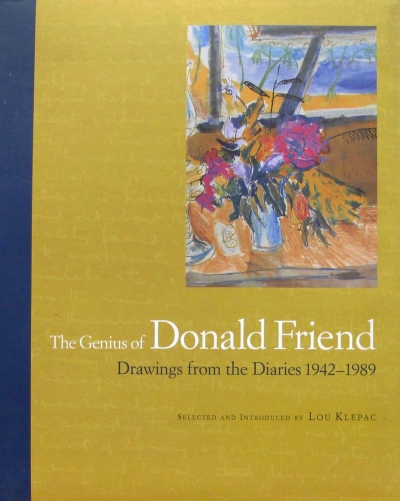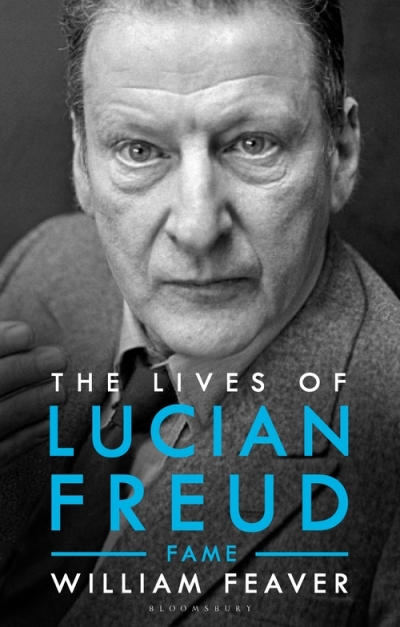Biography
The subtitle of Janet Malcolm’s new book (published in Australia by Melbourne University Press) is Gertrude and Alice. Few names of literary couples can be so confidently trimmed. Scott and Zelda, Ted and Sylvia, George and Martha … all those happy couples. Gertrude and Alice has been used before, as the main title of Diana Souyhami’s joint study (1991), and will doubtless be used again. Their fame is an achieved and bankable thing, notwithstanding the fact that Gertrude Stein (1874– 1946) – whose books included Three Lives (1909), The Making of Americans (1925) and the wonderfully titled A Long Gay Book (1932) – remains perhaps the least read of the modernists.
... (read more)Soldier. Draftsman. Massacre survivor. Prisoner of war. Veteran. Son. Brother. Uncle. RSL Secretary. Indigenous Man. Activist. Black Scotsman. Celebrity. These are just some of the words used to describe Douglas Grant, an individual who embodied the contradictions of assimilation and the challenges facing Aboriginal people in the late nineteenth and early twentieth centuries. Famous during his lifetime, Grant’s reputation has faded since the 1950s but in recent years has attracted the attention of Indigenous Australians and historians of World War I.
... (read more)Archie Jackson: Cricket’s tragic genius by David Frith
David Frith’s slim biography of Archie Jackson reflects his subject’s tragically short life. When Jackson made his Test match début for Australia at Adelaide in the 1928–29 Ashes series, scoring an eye-catching 164, it was he, rather than the young Don Bradman, who instilled the most excitement in this country’s cricket-loving public. When Jackson was included in the 1930 tour of England, one ex-cricketer, Cecil Parkin, remarked that he was ‘a better bat than Bradman’, who had débuted in the same series as Jackson. This is but one example of the lavish praise that the gifted, though inconsistent, young cricketer received during his lifetime.
... (read more)At one point in Boy on Fire, music critic Mark Mordue’s strange, hybrid biography and social history of the early years and musical development of singer–songwriter Nick Cave, Mordue describes his subject as ‘the nominal ship’s captain, a drug-spun Ahab running amok on stage and off’. It is a typically sharp image, but it may reveal more than was intended; for all that Cave is Mordue’s Ahab, he is far more like the white whale itself: a great and receding mythical creature that will swallow the world before giving up any of its secrets. For a long while, the reader is cajoled into thinking this work might be the first in an exhaustive series on the artist, but by the end the truth is revealed: the subject simply got the better of his biographer, who languishes still in the belly of the whale. After an unnaturally long gestation, it seems to have become a case of publish or go mad.
... (read more)Lowitja: The authorised biography of Lowitja O’Donoghue by Stuart Rintoul
In Recollections of a Bleeding Heart (2002), Don Watson wrote that Lowitja O’Donoghue ‘seemed then and has seemed ever since to be a person of such transcendent warmth, if Australians ever got to know her they would want her as their Queen’. Robert Manne, in the first-ever Quarterly Essay (2001), portrayed her as ‘a woman of scrupulous honesty and great beauty of soul’. These qualities gleam in Stuart Rintoul’s handsomely produced biography.
... (read more)The Genius of Donald Friend: Drawings from the diaries 1942–1989 by Lou Klepac
Here we have the first intimations of the coming flowering of the Donald Friend diaries, which are to be published by the National Library with support from Morris West’s benefaction. Friendliness was not always the same as ugliness or cleanliness when he was alive. So, it is somehow comforting that two Australian artists, so different from each other in lifestyle, should after their deaths find common cause.
... (read more)The Lives of Lucian Freud: Fame, 1968–2011 by William Feaver
To start with the broadest of generalisations, artists’ biographies can be divided into three types: those that concentrate on the work; those that take the life as their focus; and the ‘life and times’ volumes that attempt to place the artist in her social and political context.
... (read more)A tantalising ‘what if?’ emerges from the opening chapters of Hermione Lee’s immense, intricately researched life of Tom Stoppard. On the day in 1939 when the Germans invaded Czechoslovakia, the future playwright’s assimilated Jewish parents were obliged to flee the Moravian town where they lived. They made it to Singapore, only to endure Japanese invasion soon afterward. Stoppard’s mother, Martha, had to move again, and swiftly, with her two sons while her beloved husband, Eugen, a doctor, remained behind to aid with civilian defence. His evacuation ship was destroyed, and he was lost, presumably drowned, a little later. But when Stoppard’s mother boarded her own ship, earlier in 1941, she thought it was headed for Australia. Only later did she learn that India was their destination.
... (read more)In Search of the Woman Who Sailed the World by Danielle Clode
One of the frustrating things about being a historian is the number of times you are told by others that surely everything in your specialty must already have been ‘done’. After so many decades or centuries, what more could there possibly be to discover? One of the answers is that what interests scholars, and what topics are considered worthy of examination, changes over time. This explains how ‘new’ material – often sitting in the archives for centuries – comes to light. It also explains why women have not always made the cut, a problem compounded, as recent Twitter discussions have highlighted, by how often research about women by female scholars still goes unpublished.
... (read more)The SS Officer’s Armchair: In search of a hidden life by Daniel Lee
The ‘land of smiles’ was what they called Prague under German occupation during World War II – at least the Germans did. Few locals. Fresh vegetables and meat were available (to Germans) in quantities unknown back in Germany. Until close to the end, there were more than a hundred cinemas operating in the city, as well as theatres, concert halls, and numerous other places of entertainment. After all, Goebbels was not only passionate about culture in general, but keen, he said, to initiate a ‘lively cultural exchange’ with Czechoslovakia in particular.
... (read more)

